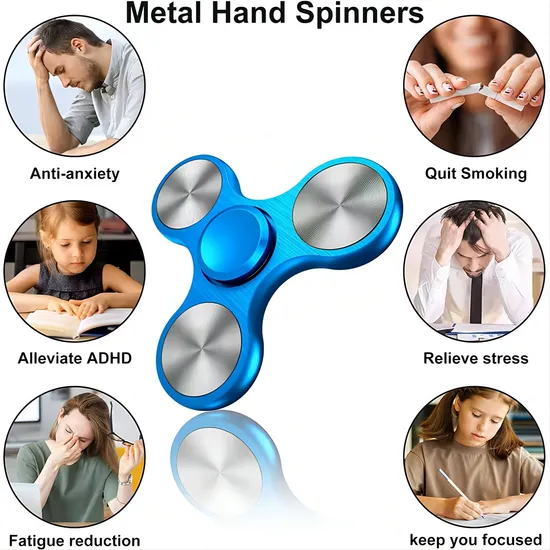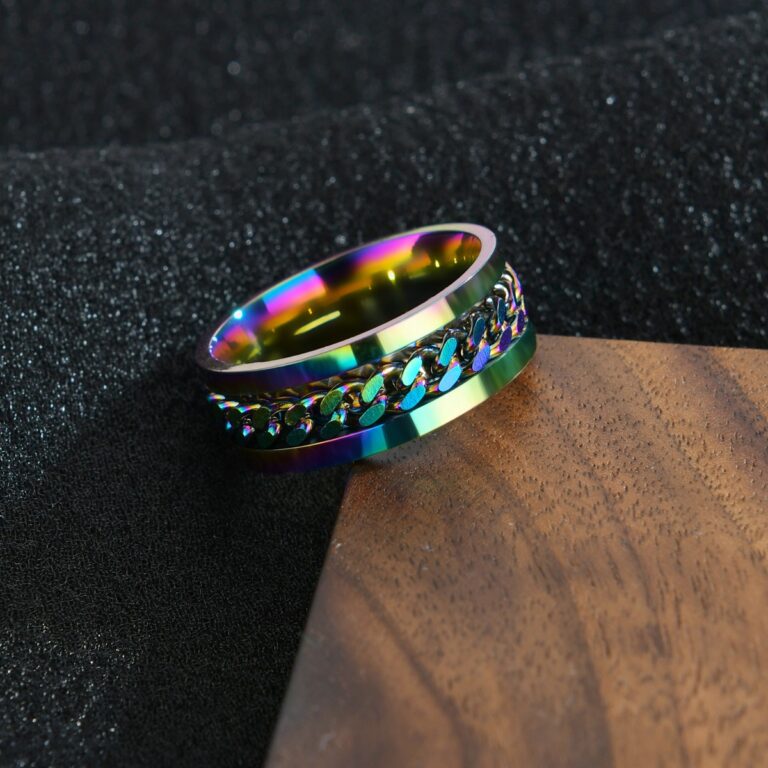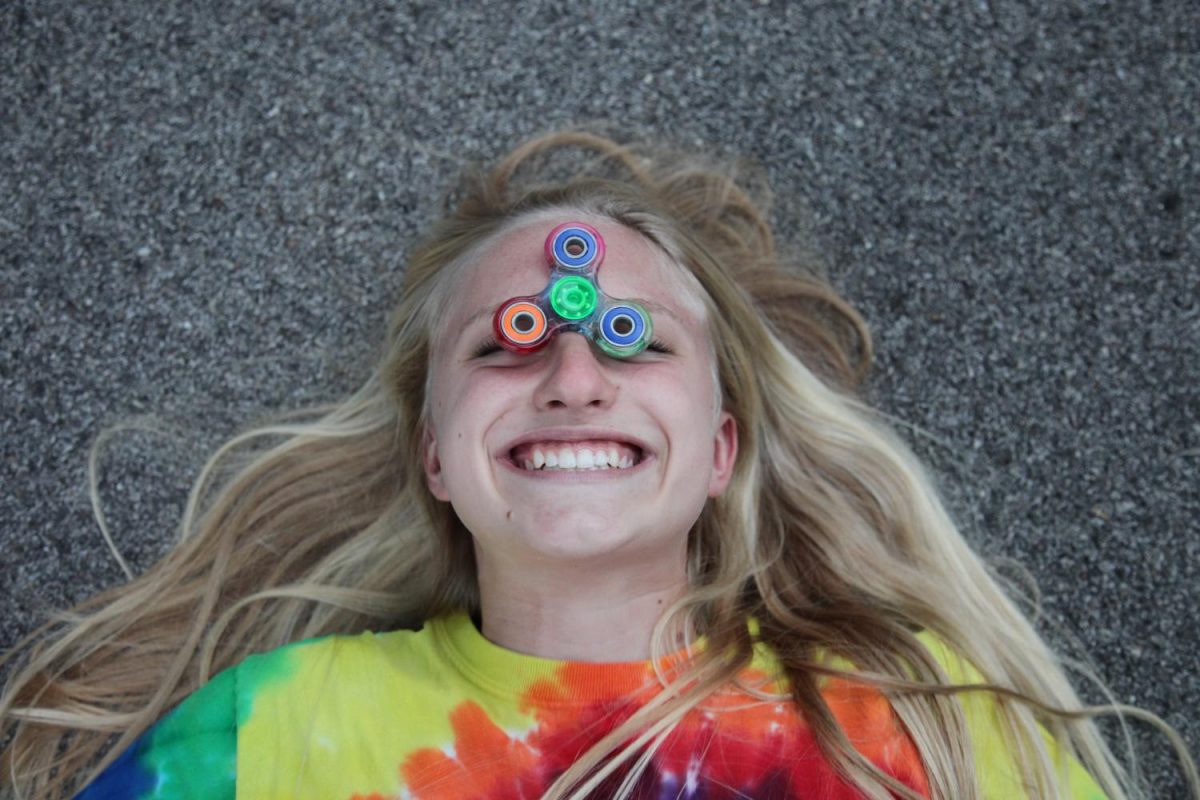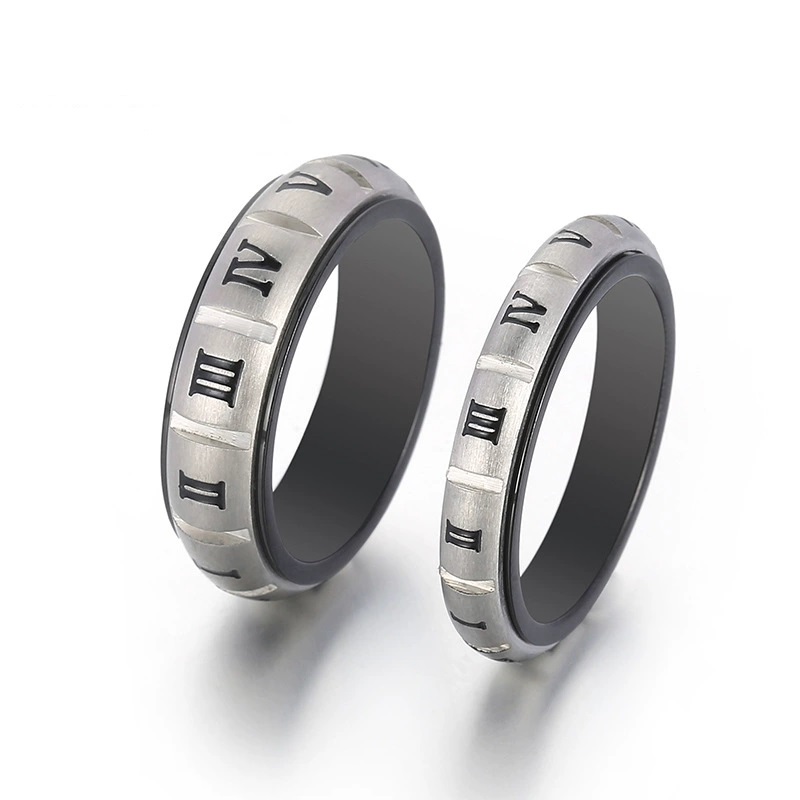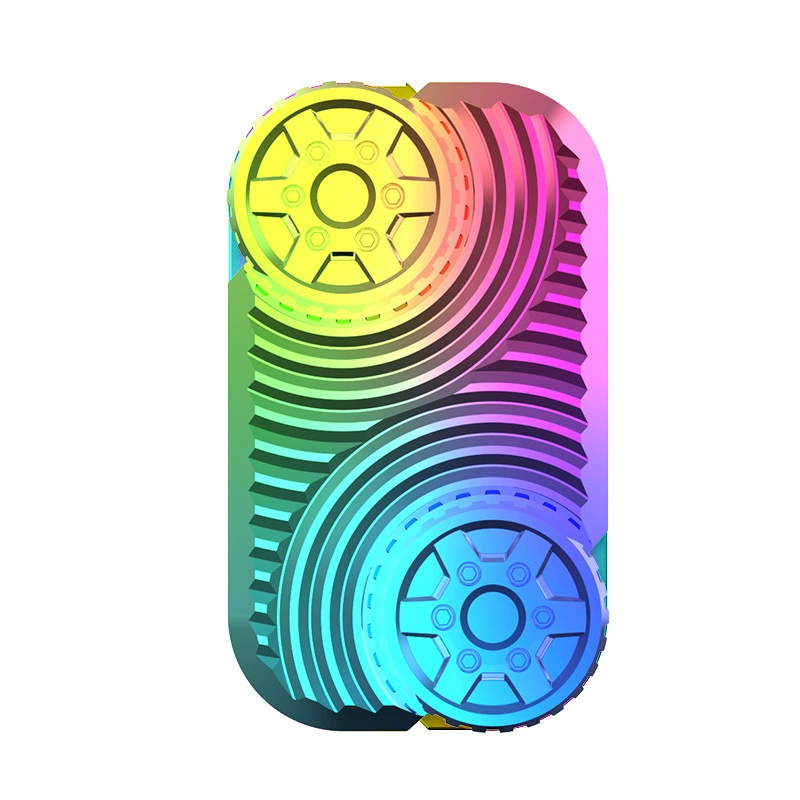-
Горад Шэньчжэнь, правінцыя Гуандун, Кітай
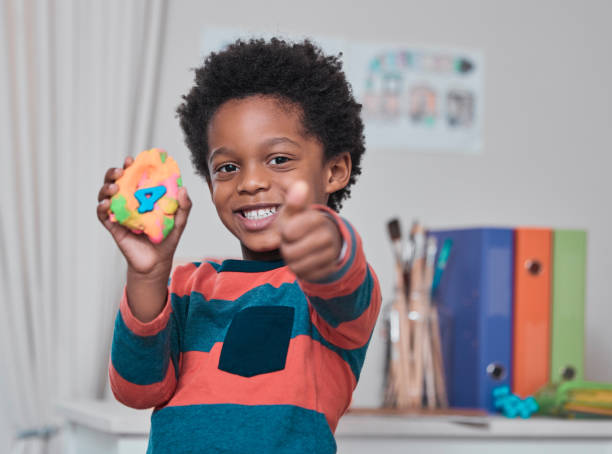
Do Fidget Toys Help ADHD?
A Simple Guide for Kids and Grown-Ups
Do you know someone who wiggles a lot? Maybe they tap their feet or click a pen? Sometimes, people with СДВГ (that stands for Attention Deficit Hyperactivity Disorder) do this. They might find it hard to sit still or pay attention.
Some people use special toys called fidget toys. They think these toys can help. But do they really work? Let’s find out! This guide will tell you if fidget toys help ADHD. It uses simple words so everyone can understand.
Table of Contents
Do Fidget Toys Work for ADHD? The Short Answer
So, do fidget toys work for ADHD? The answer is: sometimes.
- Yes, for some people: These toys can help some kids and grown-ups with ADHD. They give busy hands something quiet to do. This can help the brain focus better. Think of it like doodling while listening. It helps some people pay attention. These can be good ADHD focus tools.
- Not for everyone: Fidget toys don’t help everyone. Sometimes, they can be больш distracting! It depends on the person and the toy.
- Why they might help: A smart person named Dustin Sarver studied ADHD. He found that moving can help kids with ADHD think better. Fidget toys allow small movements. This might be why they help some people focus. They provide тактыльная стымуляцыя.
Using sensory toys for ADHD can be a self-regulation strategy. It helps manage extra energy.
How Fidget Toys Might Help ADHD Symptoms
Why do these toys seem to help? Let’s look at the science of fidgeting and focus.
Feeling and Moving Helps Focus
Our bodies like to feel things. Touching and moving things sends signals to our brain. This is called proprioceptive input. It helps us know where our body parts are. For people with ADHD, this feeling can be calming. It can help them feel more grounded and less wiggly inside.
Using therapeutic fidget devices gives the hands something to do. This can stop the brain from getting bored or looking for other things to do (like staring out the window!). It’s a way to reduce mind-wandering reduction. These toys are anxiety reduction tools, too. They can help with stress relief toys.
Think about Kinetic Sand benefits. Playing with it feels nice and helps calm down. This тактыльная зваротная сувязь is important. Many occupational therapy aids use this idea. Occupational Therapy helps people do daily tasks better. Sensory integration therapy is part of this. It helps the brain use senses better.
Good Things Fidget Toys Can Do
Studies show some good things:
- Better Focus: Some fidget toys help people stay focused on tasks, like listening to a teacher or reading. This is cognitive task enhancement. One study found fidget spinners helped kids stay on task 17% more in class. This helps with on-task behavior.
- Less Wiggling: Instead of big movements (like getting out of a seat), a person can use a small, quiet toy. This helps manage кіраванне гіперактыўнасцю. Гэта а non-disruptive fidgeting method. This leads to classroom behavior improvement.
- Feeling Calmer: Squishy toys for focus, падабаецца stress balls for concentration, can help when feeling worried or stressed. They are good emotional regulation tools. They provide calming sensory input. This helps with anxiety disorders too. These are great ADHD coping mechanisms.
Using fidget cube uses involves clicking and rolling quietly. Tangle toys twist and turn. Sensory rings for ADHD can be worn and squeezed. Even Chewelry (chewable jewelry) can help some people focus and feel calm. These are all stim toys for neurodiversity. Some people might also like weighted blankets for calming.
These tools can be part of behavioral interventions and support executive function support. Good executive function means you can plan, start tasks, and stay organized. Some learning disability support also includes these tools. They might even help with impulse control aids.
Types of Fidget Toys & Which Work Best
There are many kinds of fidget toys! Which ones are good focus-enhancing gadgets?
Good Choices for Focus
These often work well because they are quiet and simple:
- Touchy-Feely Toys: Things like stress balls, kinetic sand, TheraPutty, або Pop-It toys. They give nice тактыльная зваротная сувязь. They are good hand strengthening toys too. These are often desk-friendly fidgets. They allow for mindful manipulation.
- Quiet Toys: Things you can use without making noise. Think about непаседы кольцы, pencil toppers, or smooth stones. Sensory rings for ADHD are popular. These are quiet classroom tools. They help with stimulation moderation.
- Chewy Toys: Chewelry is jewelry you can safely chew on. This helps people who need to bite or chew to focus.
- Squeezy Toys: Squishy toys for focus are soft and fun to squeeze.
- Twisty Toys: Tangle toys can be twisted into many shapes.
- Cube Toys: A fidget cube has buttons, switches, and dials. A metal Спіннер Fidget Cube combines two popular ideas. Infinity cubes like the Aluminum Infinity Cube-Rivet version offer endless folding.
- Rolling Toys: An Ролік ONO is a smooth cylinder you roll in your hand.
These toys provide multisensory engagement and can be therapeutic play tools. They help with fine motor skills development і motor coordination improvement. They can be part of a sensory diet, which is a plan of activities to help with sensory needs. This includes managing sensory-seeking behavior або tactile defensiveness.
Toys to Be Careful With
Some toys might not be the best choice, especially in school or work:
- Noisy Toys: Things that click loudly or make sounds can bother others. Avoid auditory fidgets like loud clickers if they disturb people. Peer distraction reduction is important.
- Spinning Toys: Fidget spinners were very popular. Some studies show they help, but others show they can be too distracting. One study found fidget spinner effectiveness was low for memory tasks. They might take attention away from learning. The spinner ball bearings need checking too.
- Toys That Need Eyes: Toys you have to look at can pull focus away from the main task. Visual stimulation tools should be used carefully.
- Messy Toys: Things like slime can be fun but are not good for class or work!
Choosing the right toy involves thinking about task-specific fidgets. What works for listening might not work for writing. Age-appropriate fidgets are also key. Focus tools for teens might be different from those for younger kids. Look for teacher-approved tools for school. Fidget toy safety і fidget toy durability are important too!
When Fidget Toys Don’t Help ADHD
Fidget toys are not magic. Sometimes they don’t help, or even make things worse.
Why They Might Not Work
- Too Much Fun: If the toy is more interesting than the lesson, it becomes a distraction. This can lead to sensory overload instead of calm focus. It might increase mind-wandering.
- Wrong Kind of Toy: A noisy or flashy toy can bother the person using it і others around them. This is why silent fidget options are often better for shared spaces like ADHD-friendly classrooms.
- Not Enough Help: Fidget toys are just one tool. They don’t replace other important supports like therapy (Cognitive Behavioral Therapy (CBT)), medicine (if needed), or learning new ADHD coping strategies. Яны ёсць behavioral therapy tools, but not the whole solution. They don’t fix executive dysfunction on their own. They help with boredom reduction but not complex attention deficit strategies.
One study even showed fidget spinners distracted 41% of students with ADHD during memory tasks. This shows we need evidence-based interventions.
Other Things to Try
If fidget toys aren’t working, or if you want more ideas:
- Move Your Body: Take movement breaks. Walk around, stretch, or do jumping jacks. This helps manage restless energy outlets.
- Уважлівасць: Try simple mindfulness practices. Pay attention to your breath or how your body feels. This builds the mind-body connection.
- Sensory Diet: An occupational therapist can help create a sensory diet. This includes planned activities throughout the day to meet sensory needs, like using sensory bins, textured fidgets, або pressure relief toys. They might suggest proprioceptive input activities like pushing or pulling heavy things.
- Classroom Accommodations: Talk to teachers about other ways to help in school, like special seating or extra time for tasks. These are important classroom accommodations. Maybe a desk fidget footrest could help.
- Kinesthetic Learning: Find ways to learn by doing and moving. This is kinesthetic learning.
- Play Therapy: For kids, play-based therapy can teach coping skills in a fun way. Therapeutic play is powerful.
Remember, managing ADHD symptoms often needs a few different approaches. It’s about finding what works best for вы. This includes managing focus challenges, multitasking challenges, and improving task persistence і focus retention. Understanding hyperfocus triggers can also be useful. The goal is academic engagement and overall well-being. This relates to the broader Neurodiversity Movement, which respects different ways brains work.
How to Use Fidget Toys The Right Way
To get the most benefits from fidget toys, use them smartly!
Tips for Parents and Teachers
- Try Different Toys: Not every toy works for every child. See what feels best. Does the child need something squishy, bumpy (textured fidgets), or smooth? This involves уважлівае мітусіцца. Check out FocusFied products or other brands.
- Make Rules: Set clear rules. For example: “The toy stays in your hand,” “No throwing the toy,” or “Use it quietly.” This helps make sure the toy is a tool, not just a regular plaything. Using desk toys for students needs clear rules.
- Talk About It: Explain why the toy is being used – to help focus or stay calm. This helps the child understand its purpose. It’s part of pediatric occupational therapy recommendations.
- Focus on Quiet: Choose quiet classroom tools for school. Silent fidget options are best.
- Portable Sensory Tools: Pick toys that are easy to carry around.
Research studies like the one in the Journal of Abnormal Child Psychology help us understand what works.
Tips for Grown-Ups with ADHD
- Keep it Simple and Quiet: Use small, silent fidgets at work or in meetings. A Fidget Ring For Men or women can be very discreet. Textured keychains or stress balls are good handheld stress relievers. Maybe even a cool Kinetic Spinning Desk Toy для вашага стала.
- Use Them When Needed: Use fidgets during long meetings, while reading reports, or when you feel restless. They can help with cognitive load management і focus duration extension.
- Match the Toy to the Task: Use a simple tactile toy (like putty) when listening. Maybe avoid something complex if you need to write. These are task-specific focus aids. Find neurodivergent-friendly tools.
Questions People Ask About Fidget Toys and ADHD
Do doctors suggest fidget toys?
Some doctors and therapists, especially Occupational Therapy specialists, do suggest them as part of a plan. But the science is still growing. They are seen as сэнсарная інтэграцыя tools or therapeutic play tools. They are best used along with other behavioral interventions.
Can fidget toys replace ADHD medicine?
No. Fidget toys are tools, not medicine. They can help manage some ADHD symptoms, like hyperactivity or lack of focus, but they don’t treat the underlying ADHD. Think of them as ADHD coping mechanisms або attention deficit strategies, not a cure.
Are fidget toys good for Autism Spectrum Disorder (ASD) too?
так, often they are! Many people with Autism Spectrum Disorder (ASD) also have sensory needs or find repetitive motions calming. Fidget toys can provide helpful sensory input. They are often used as autism sensory tools. However, the reasons for fidgeting and the best types of toys might differ between ADHD and autism. Both conditions can involve Парушэнне сэнсарнай апрацоўкі.
Final Thoughts
So, do fidget toys help ADHD? Yes, they can be helpful ADHD focus tools. They provide тактыльная стымуляцыя, help with кіраванне гіперактыўнасцю, and can be anxiety reduction tools.
Think about stress balls for concentration, fidget cube uses, Tangle toys, or even Chewelry. They offer calming sensory input and support self-regulation strategies.
But remember:
- They don’t work for everyone.
- Choose quiet, simple toys (desk-friendly fidgets) for school or work. Avoid noisy or distracting ones.
- They are just one part of managing ADHD. Other things like movement breaks, mindfulness practices, and maybe therapy or medicine are important too.
- Talk to teachers, parents, or maybe an occupational therapist to find the best focus-enhancing gadgets і attention deficit strategies for you or your child. Look for evidence-based interventions.
Fidget toys can be great therapeutic fidget devices when used the right way! They support on-task behavior and can make focusing a little bit easier. They are useful behavioral therapy tools і sensory diet components. They can improve academic performance aids and overall attention span improvement. They even help with fine motor exercises! Just make sure they are helping, not hindering, focus duration extension і task persistence. They are helpful for sensory overload prevention and managing restless energy outlets. They are part of a bigger picture of ADHD symptom management and finding neurodivergent-friendly tools that work.



